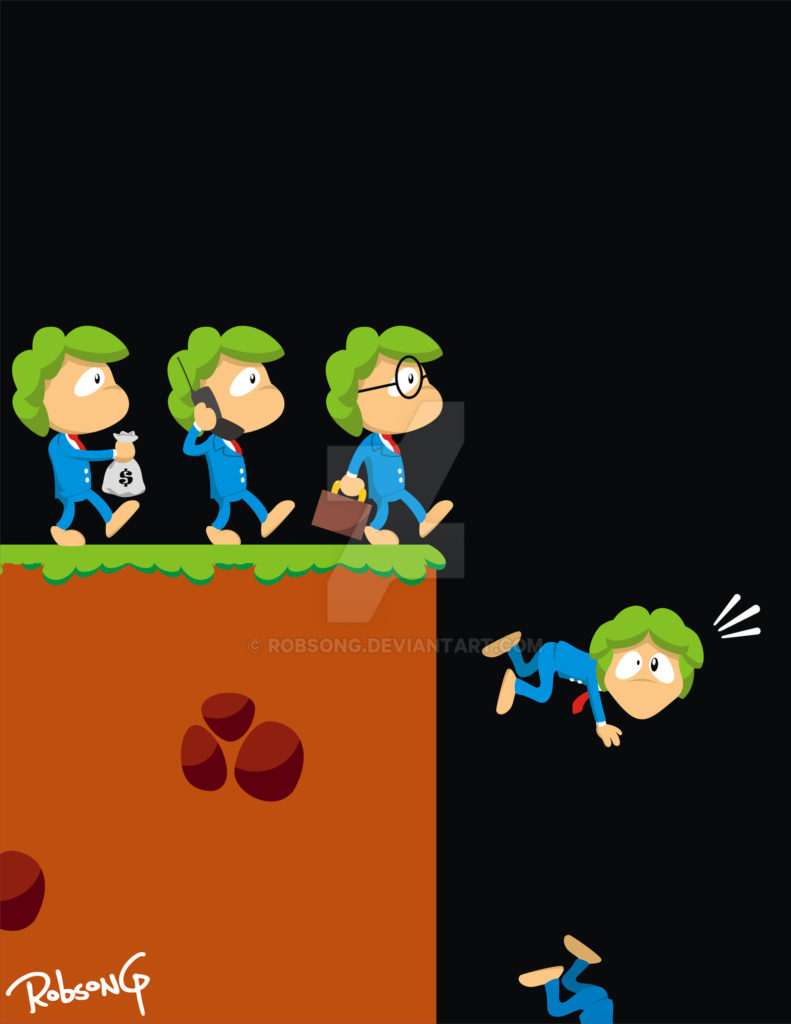Consumer Experience.
A musician is never more in touch with his/her art then when standing on a stage performing.
A chef is never more in touch with her/his art then when watching people eat their food.
Authors are never more in touch with their art then when listening to readers discussing their work.
And film makers never more in touch with their art then when sitting in a full audience watching their movie.
So what is the moral here for marketers and brand builders?
Watching and listening to consumers. Especially consumers experiencing your product in real time. In situ, is best.
Consumer experience is at least half of brand planning. Brand planners can’t process consumer experience listening marketing executives. And ad executives. And quantitative research professionals. It’s the fieldwork component.
And, while the brand planners understand consumer experience is only half of the equation, they know it to be the most important half.
Peace!









